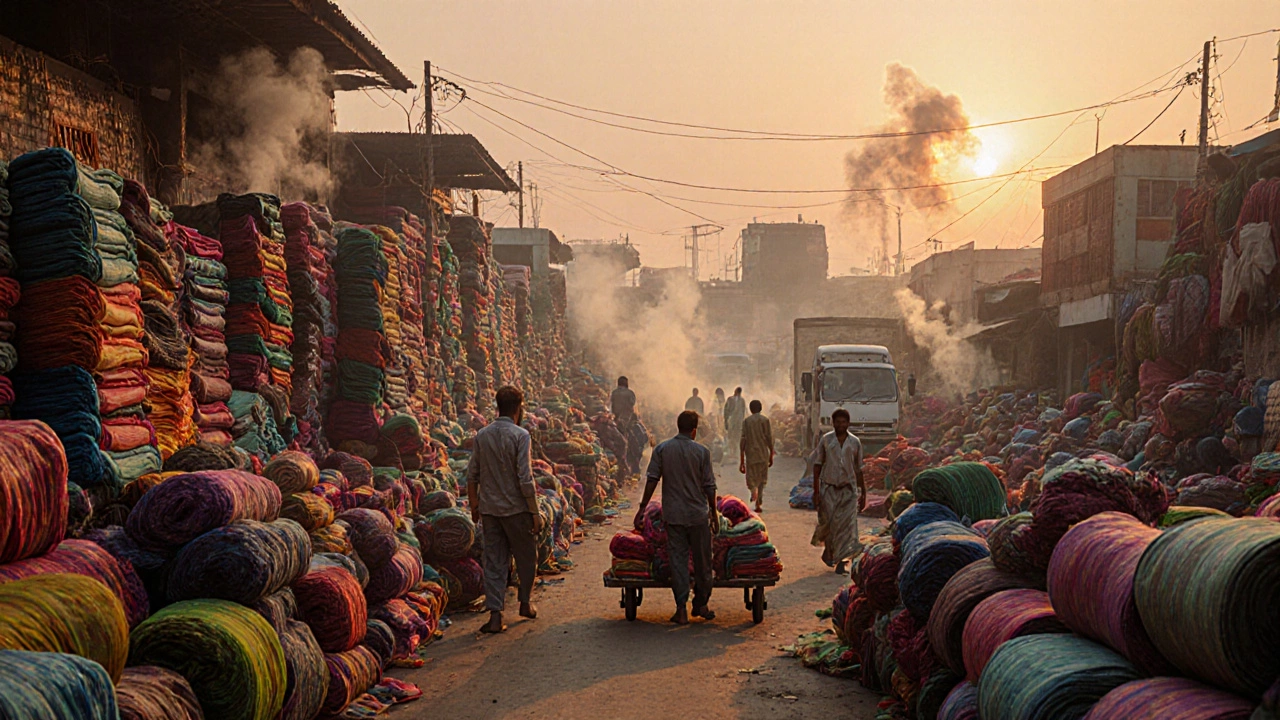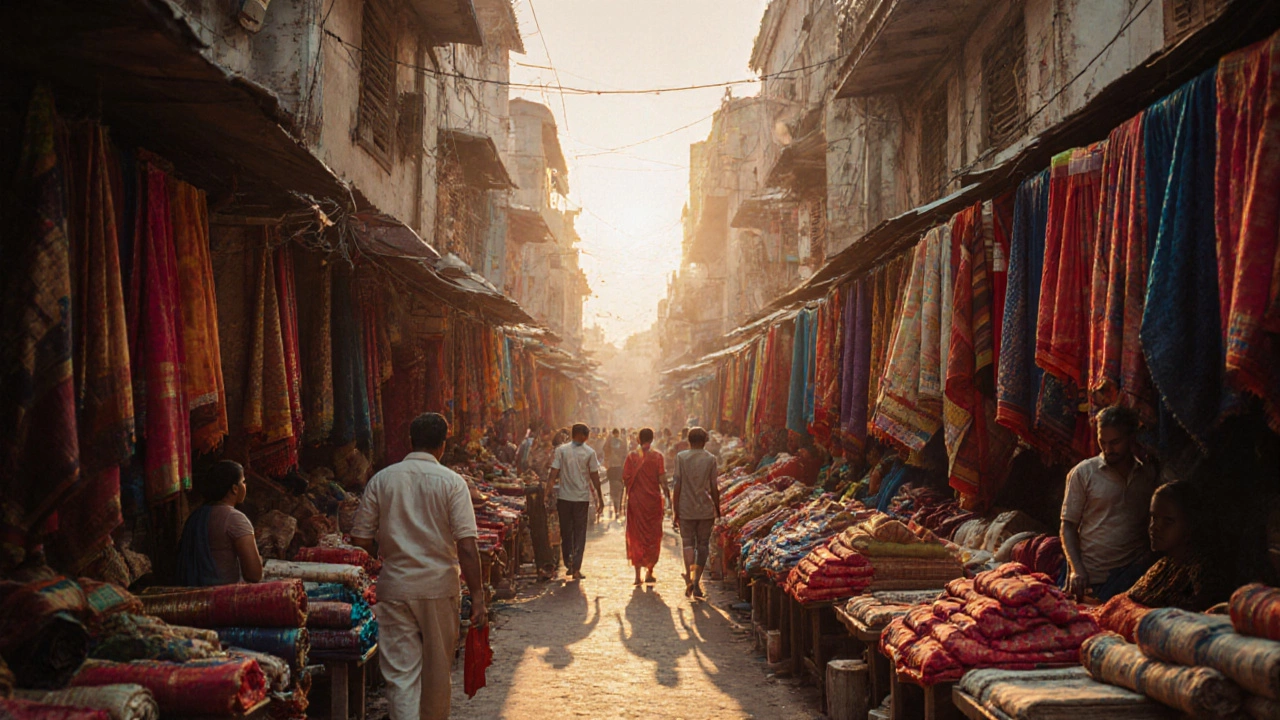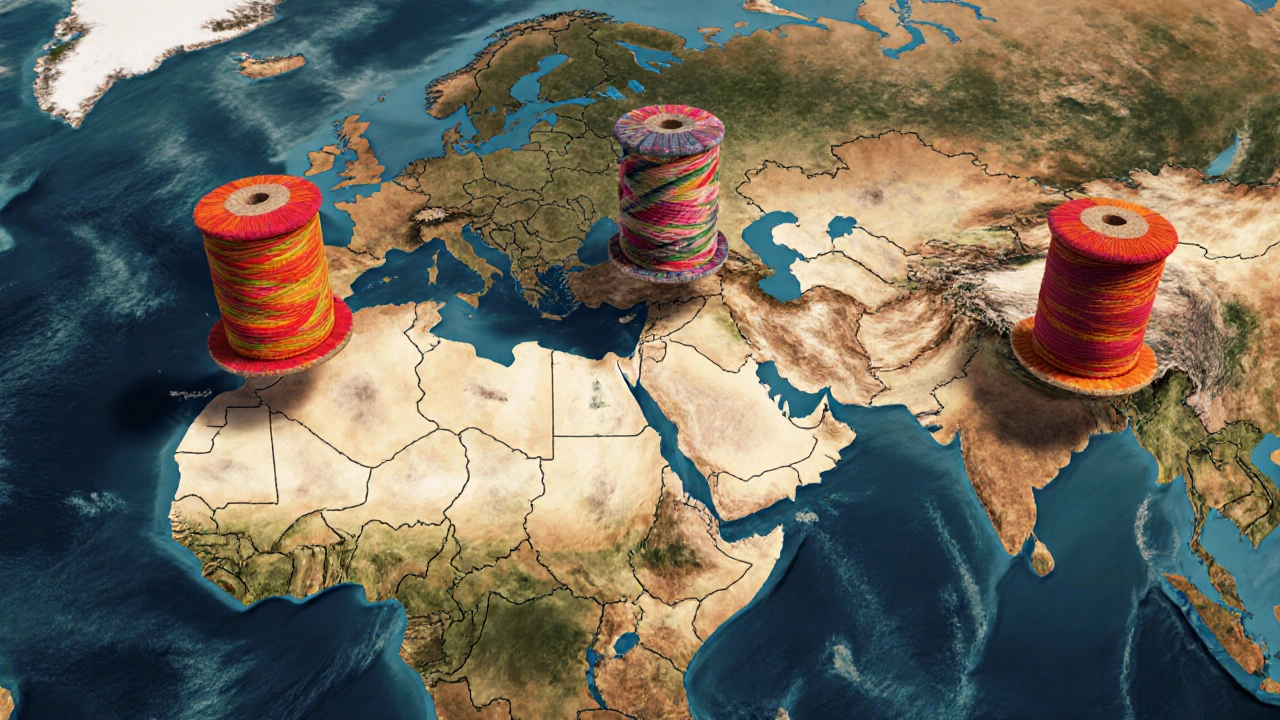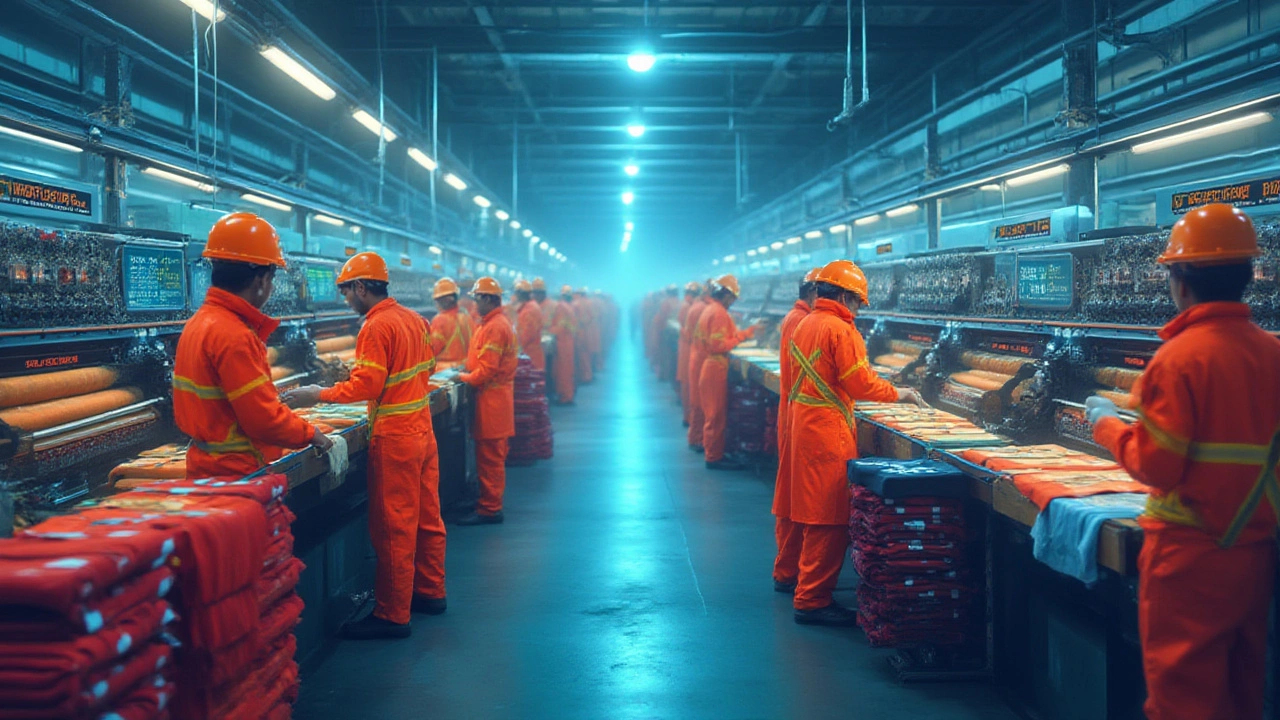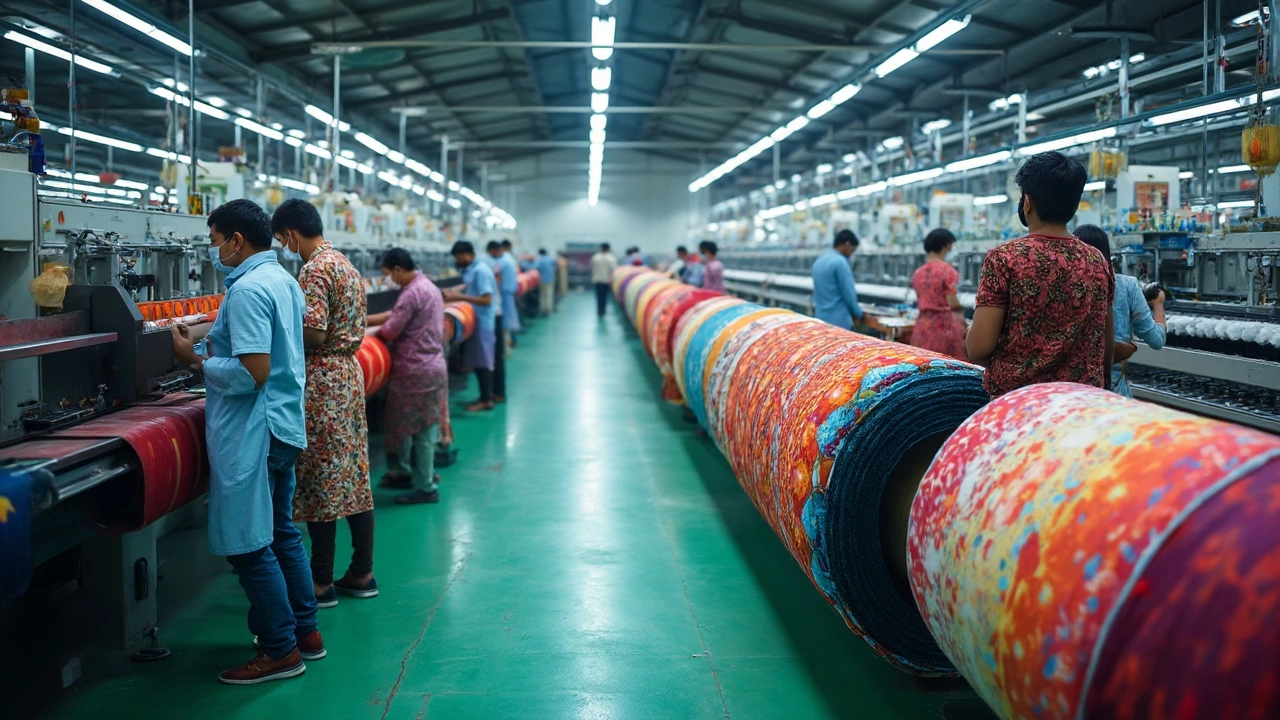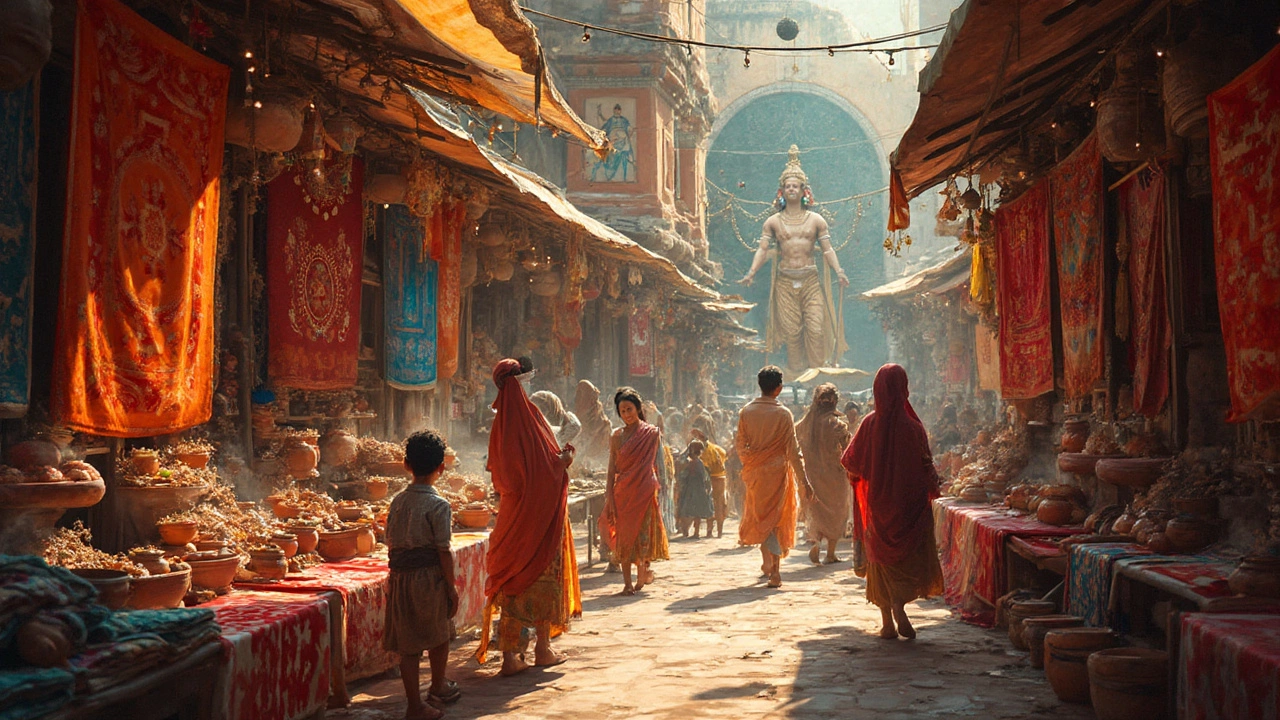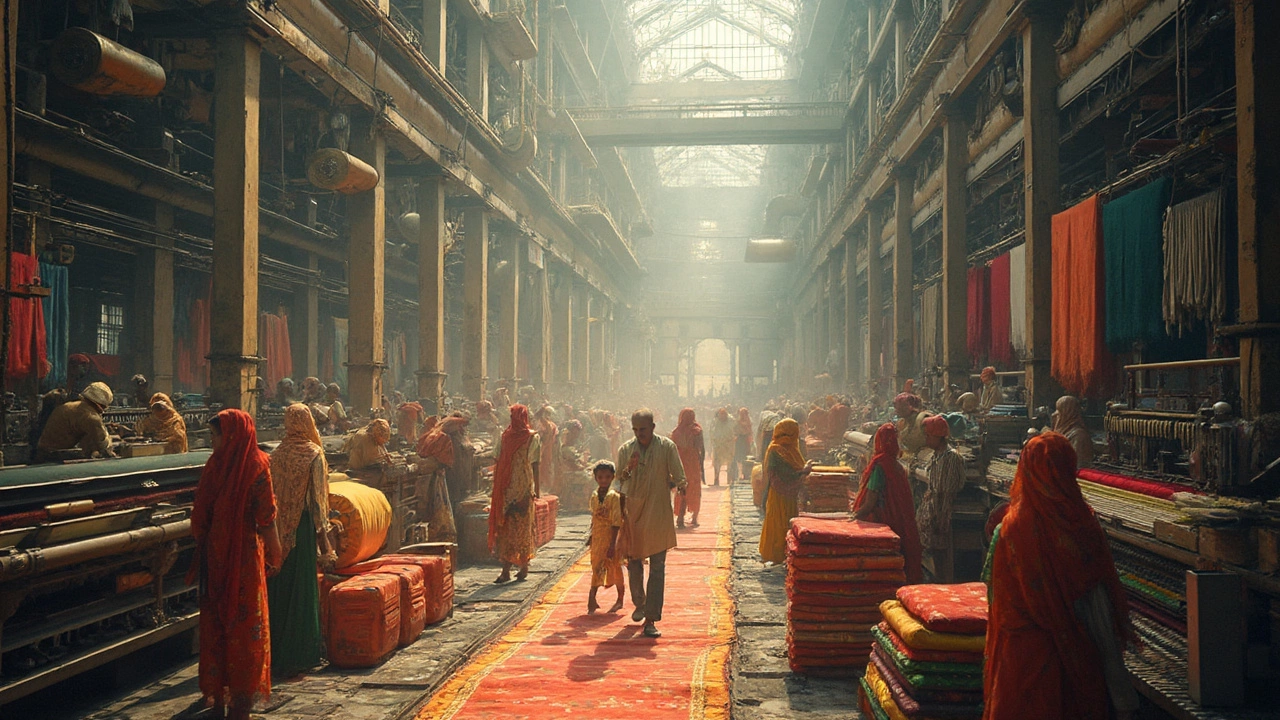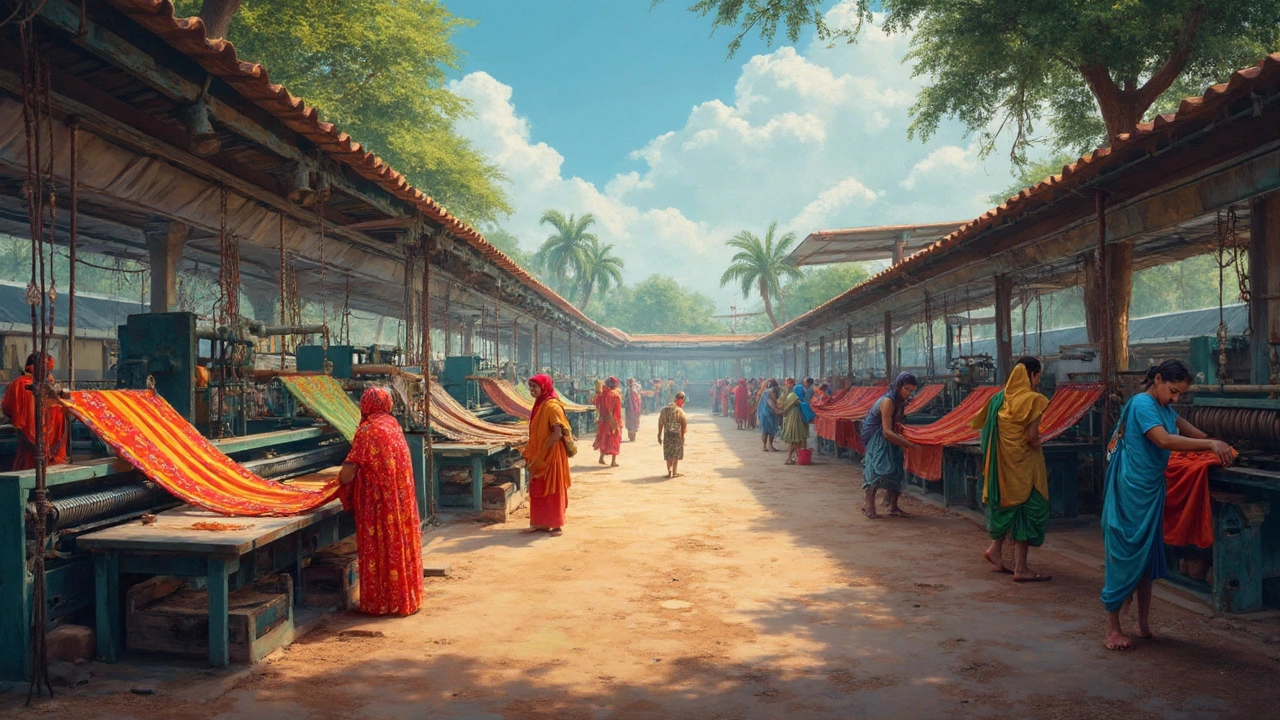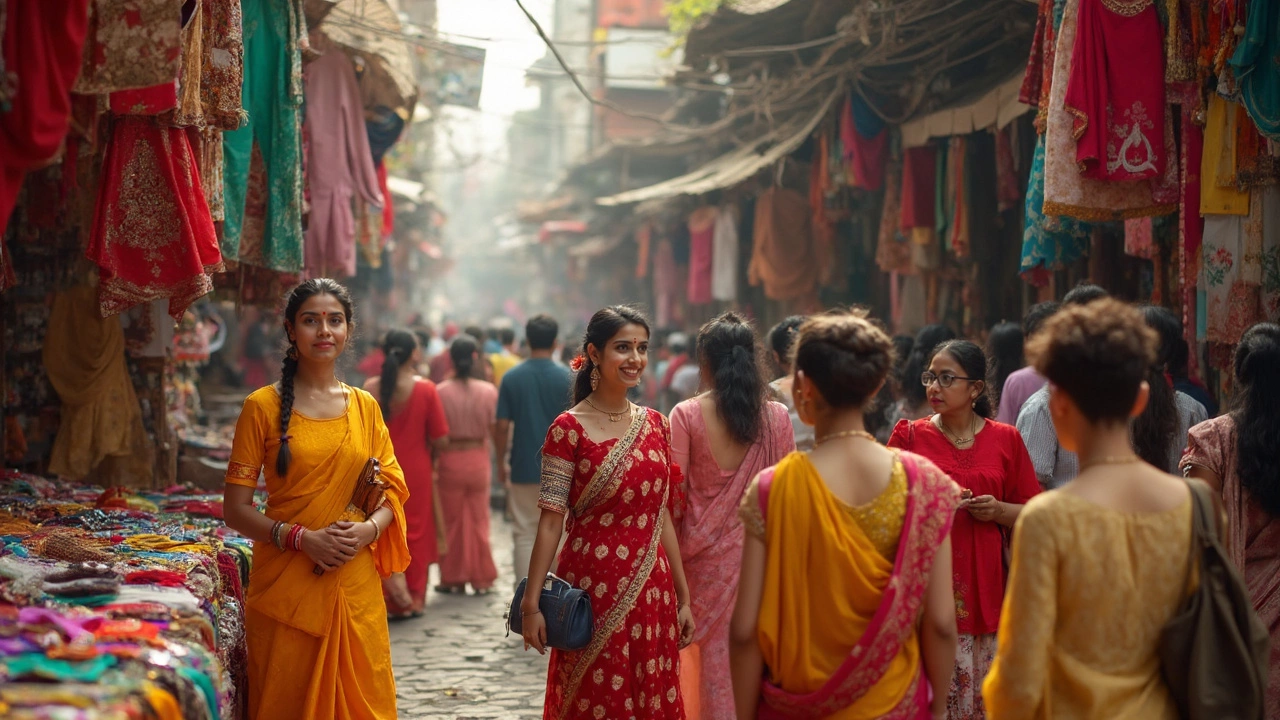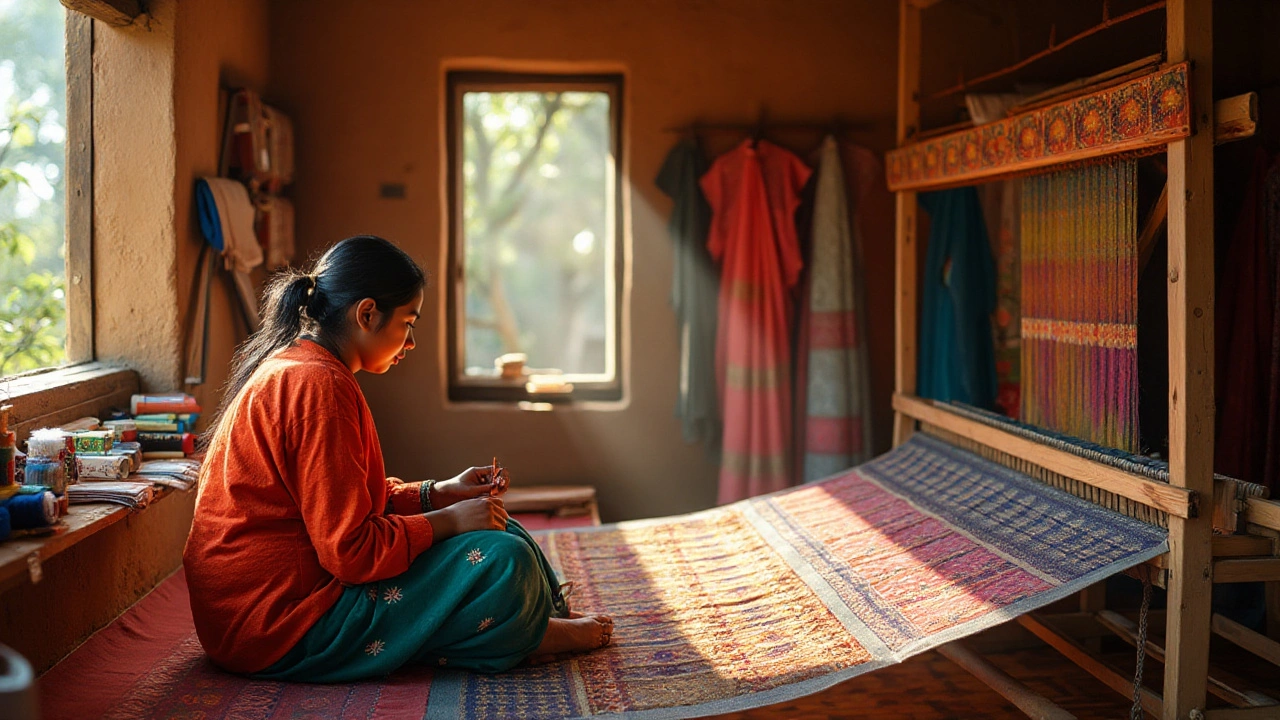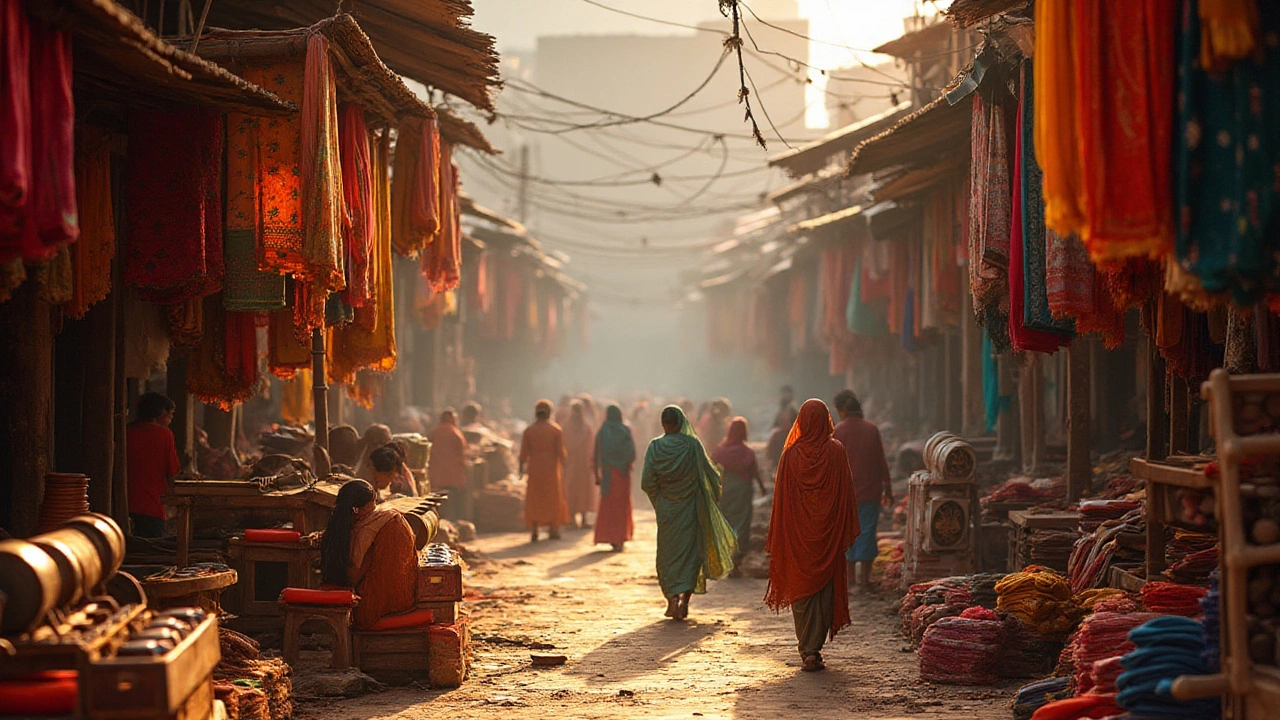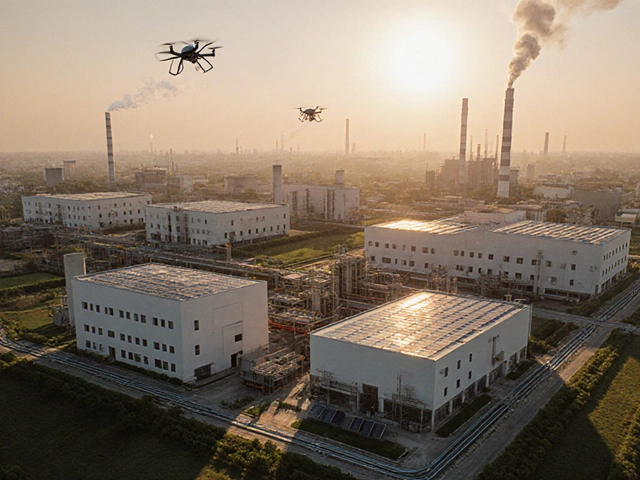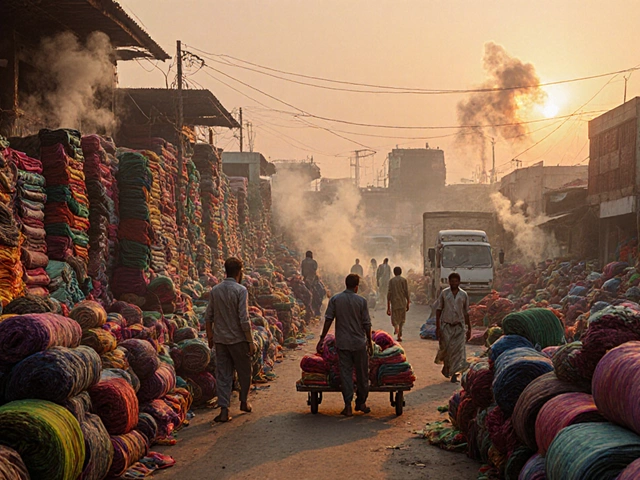Textile Manufacturing in India: What’s Shaping the Industry Today
If you’re curious about how India’s textile world works, you’re in the right spot. From huge factories churning out synthetic fibers to tiny ateliers weaving silk, the sector touches everything we wear. Below you’ll find a quick rundown of the hottest topics, the big names, and the hurdles that every player faces.
What’s Hot in Indian Textile Manufacturing?
First up, profit potential. Articles like “Most Profitable Textile Businesses” show that niche ideas—technical textiles, eco‑friendly apparel, and custom prints—can yield high returns. Knowing which segments grow fastest helps you pick a winning business model.
When it comes to scale, the country’s largest synthetic textile manufacturer leads the pack. The piece on the biggest synthetic player breaks down how massive production volumes meet global demand while still chasing sustainability goals.
Culture also matters. The story about the Indian god of textiles explains how ancient myths still influence modern factories, branding, and even design choices in regions like Varanasi and Kanchipuram.
On the wealth front, the world’s richest textile company isn’t just a foreign giant—Indian firms rank high on the list. Understanding what drives their scale and profit margins gives you a benchmark for your own growth plans.
Vardhman Textiles stands out as the country’s leading giant. Its mix of diverse product lines, smart technology, and green initiatives sets a standard that many other manufacturers try to emulate.
Global demand is another big piece of the puzzle. The United States tops the chart for importing Indian clothing, creating a clear export pathway for manufacturers looking to go worldwide.
Material preferences shape the market too. Cotton, silk, and increasingly, blended fabrics dominate production, each with its own cost structure, processing needs, and consumer appeal.
Key Challenges and Opportunities
The sector faces tough competition, especially from low‑cost producers abroad. Staying ahead means investing in automation, digital design tools, and lean processes.
Environmental pressure is rising. Regulations push manufacturers toward water recycling, waste reduction, and low‑impact dyes. Companies that adopt green tech often win larger contracts and better pricing.
Talent shortages in skilled weaving and textile engineering add another layer of difficulty. Partnerships with technical institutes and on‑the‑job training programs can bridge the gap.
Finally, technology is a game‑changer. From AI‑driven demand forecasting to IoT‑enabled machinery, the firms that blend tradition with tech are the ones setting the pace for the next decade.
Whether you’re starting a new venture, expanding an existing line, or just keeping tabs on industry shifts, the topics above give you a practical snapshot of India’s textile manufacturing landscape today.
Which Is the Fabric Capital of India? The Truth About India’s Textile Hub
Surat is India's fabric capital, producing over 80% of the country's synthetic and cotton fabrics. Learn why this city dominates textile manufacturing with scale, speed, and global reach.
Read MoreFamous Fabrics of Mumbai: Top Textile Choices & Where to Find Them
Discover Mumbai's most celebrated fabrics-Paithani silk, Maharashtrian cotton, Khadi, and more-plus where to buy, how to spot quality, and future sustainable trends.
Read MoreIndia's Rank in Global Textile Production - 2025 Insights
India holds the 3rd spot in global textile production, delivering about 115 million metric tons in 2024‑25. Learn the factors behind the rank, regional strengths, export performance, challenges, and future outlook.
Read MoreMost Profitable Textile Businesses: Top Ideas & Niches for High Returns
Uncover which textile businesses bring the highest profits today, from apparel to technical textiles. Get insights, stats, and expert tips to boost your textile venture.
Read MoreLargest Synthetic Textile Manufacturer in India: Who Tops the List?
India is a powerhouse in textile manufacturing, especially when it comes to synthetic textiles. This article uncovers the largest synthetic textile manufacturer in the country and how it impacts the industry as a whole. You'll get interesting facts, practical tips on sourcing, and insights on quality and sustainability trends. Discover what makes this industry tick and which company stands tall above the rest. Perfect for anyone looking to understand or connect with the Indian textile market.
Read MoreIndian God of Textiles: History, Culture, and Industry Ties
Ever wondered who the Indian god of textiles is? This article uncovers the traditional stories, local legends, and historical roots linking gods to India’s rich textile tradition. You’ll see how mythology influences modern-day factories and the everyday fabric you wear. Learn why certain regions look to different deities and how this culture shapes today’s textile manufacturing. Plus, we’ll share fun facts and tips to spot these influences in your own shopping.
Read MoreRichest Textile Company in the World: Examining the Leaders from India and Beyond
Wondering which textile company is at the top in terms of wealth and scale? This article breaks down the richest textile company worldwide, with a special focus on how Indian giants stack up in the global market. Find out what drives these companies, what sets them apart, and what you can learn if you're eyeing the textile industry yourself. From profits to production scale, get the real numbers and insider insights. Be ready for some surprises—it's not always who you think.
Read MoreIndia's Leading Textile Giant: The Largest Player in India
It's no surprise that the textile industry in India is massive, with several players competing for the coveted top spot. Vardhman Textiles Ltd. emerges as a front-runner, known for its extensive range of products and innovative practices. This article explores the factors contributing to its dominance, from its rich history to sustainable practices. Discover how Vardhman Textiles not only defines the scale but also sets the quality benchmark in the Indian textile market.
Read MoreDiscovering the Country with the Highest Demand for Indian Clothes
The demand for Indian clothes is soaring worldwide, with traditional garments attracting attention from diverse cultures. Exploring which country tops the charts reveals intriguing insights into global fashion trends and economic connections. Understanding key markets and consumer preferences can benefit Indian textile manufacturers looking to expand their reach. This article delves into data and cultural influences driving the demand for Indian apparel.
Read MorePopular Fabrics in Indian Textile Industry: A Deep Dive
India's rich textile heritage boasts a diverse range of fabrics, each with its own unique significance. From the cool comfort of cotton to the luxurious luster of silk, these materials highlight both traditional craftsmanship and innovative design. This article explores the most commonly used fabrics in India's textile industry, providing insights into their uses, characteristics, and cultural importance. Discover why these materials continue to play a vital role in India's vibrant textile market.
Read MoreCurrent Trends and Challenges in India's Textile Industry
The Indian textile industry is an intricate tapestry of history, culture, and economic significance. As of 2024, it stands as one of the world's largest and most diverse textile sectors, providing millions of jobs and contributing significantly to the country's GDP. However, this vibrant industry faces challenges such as high competition, environmental concerns, and the need for technological advancement. Understanding these aspects can offer insightful views on the industry's future trajectory and its role in global markets.
Read More